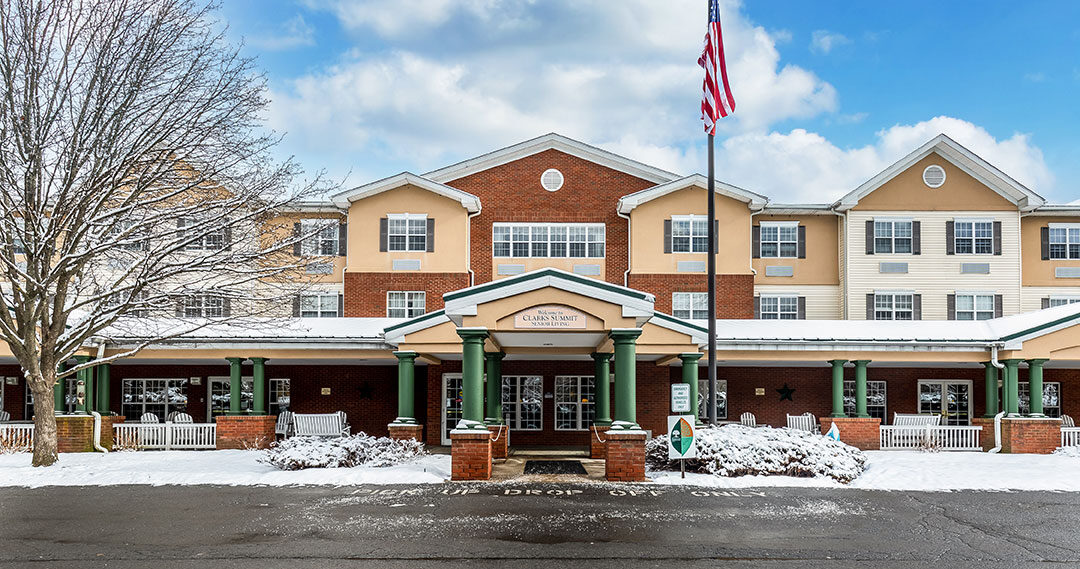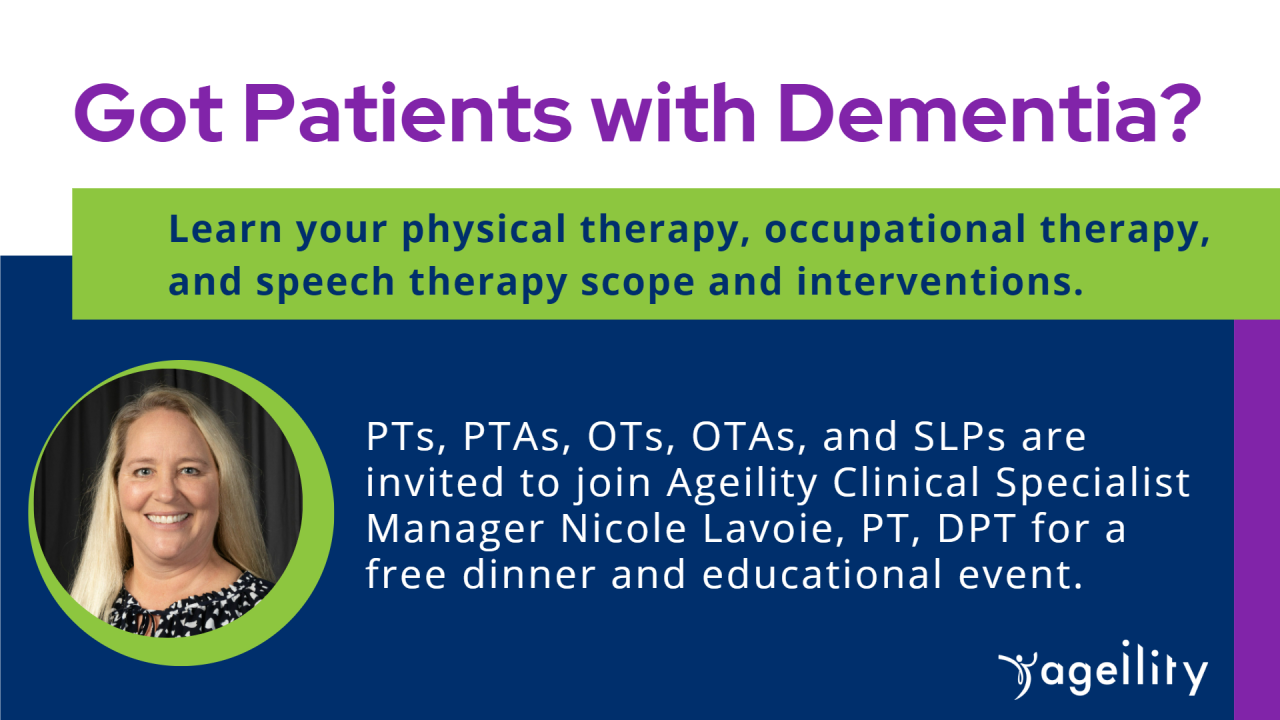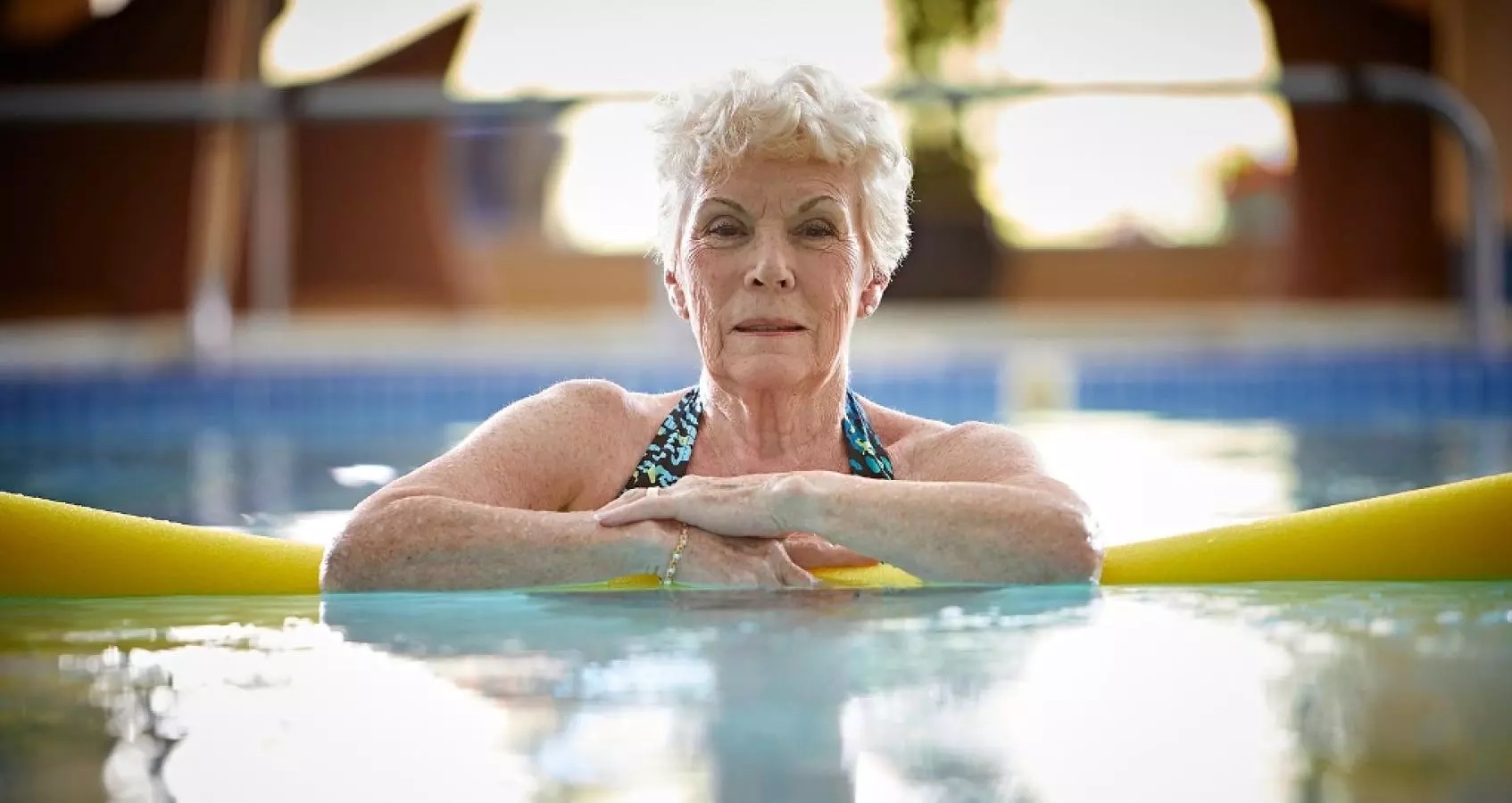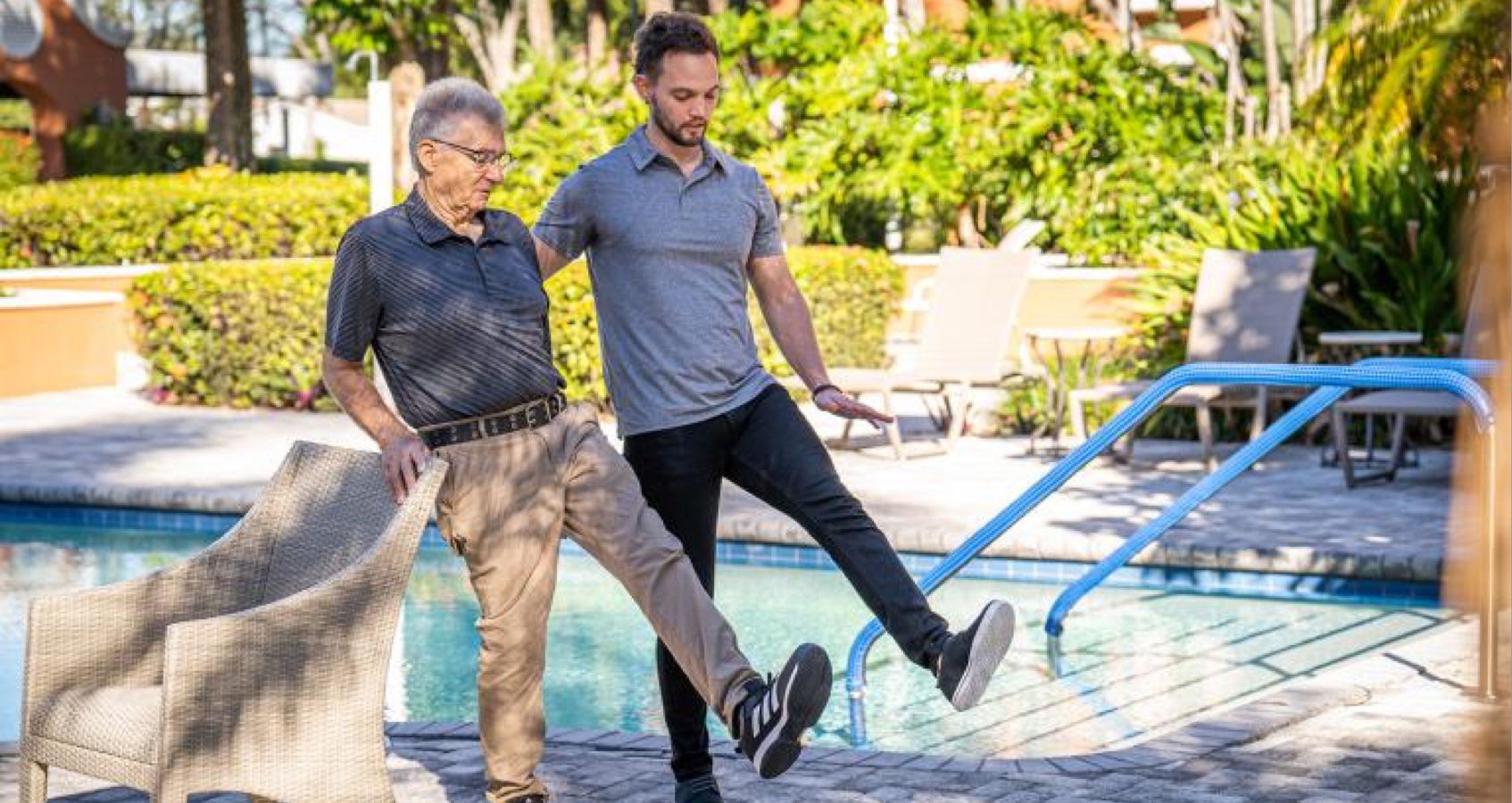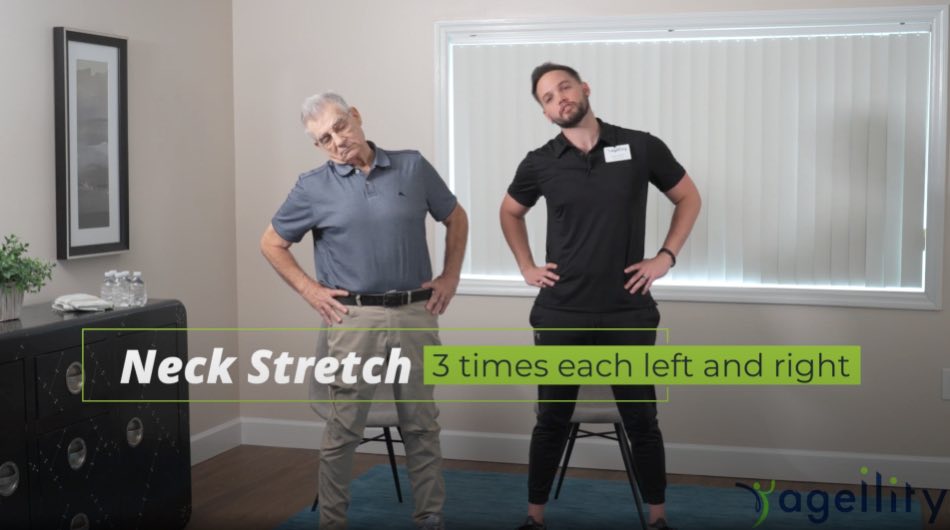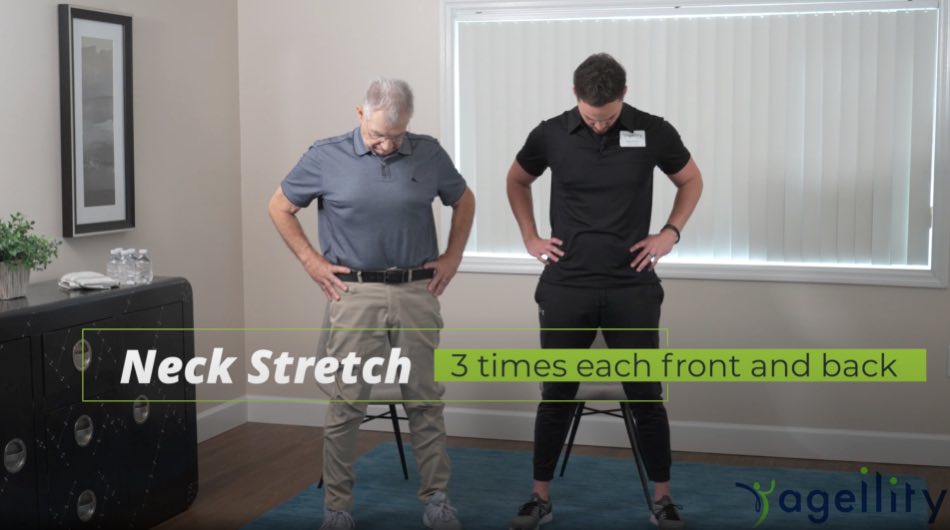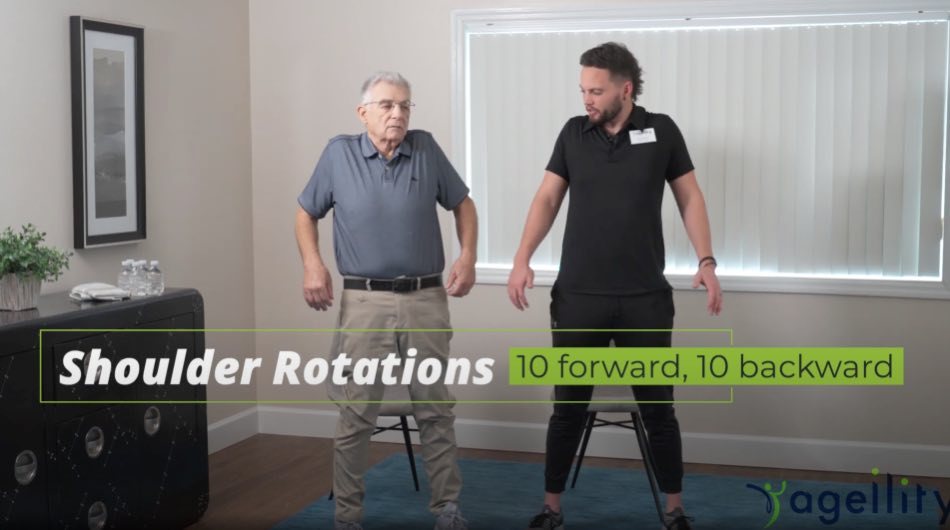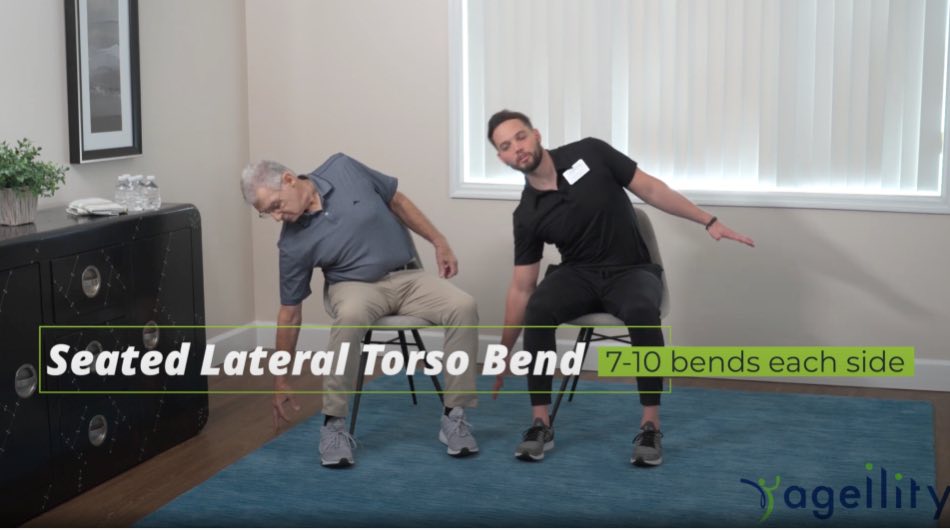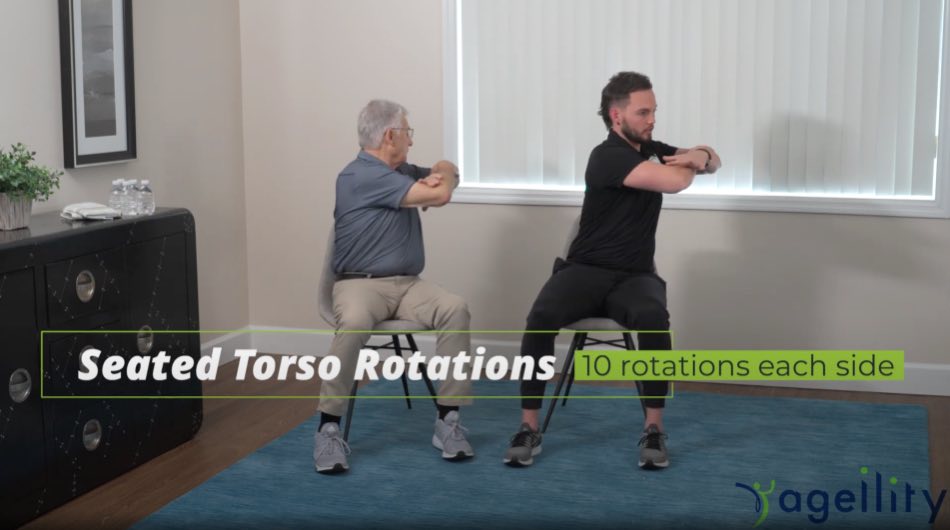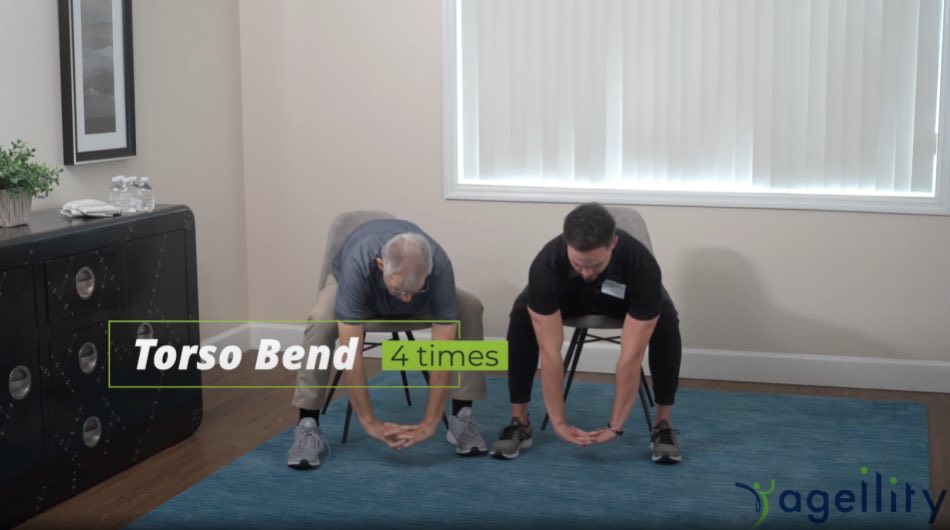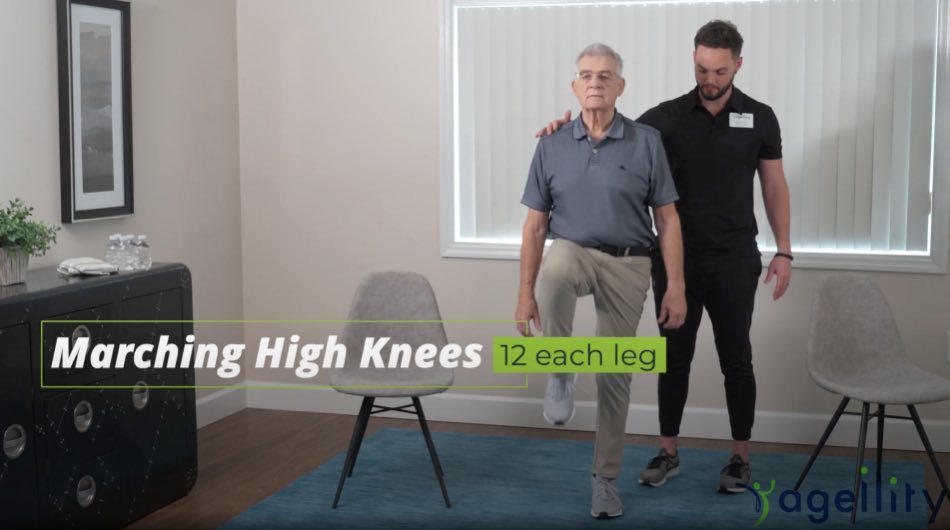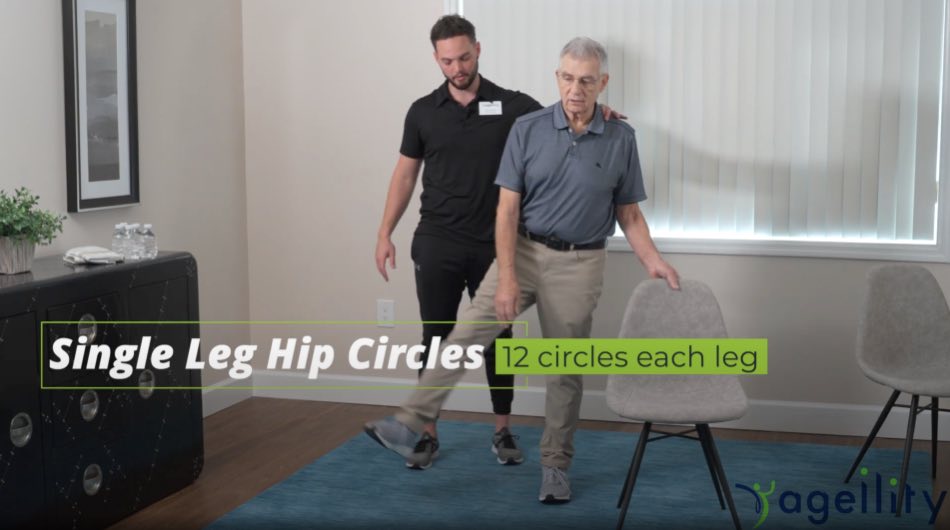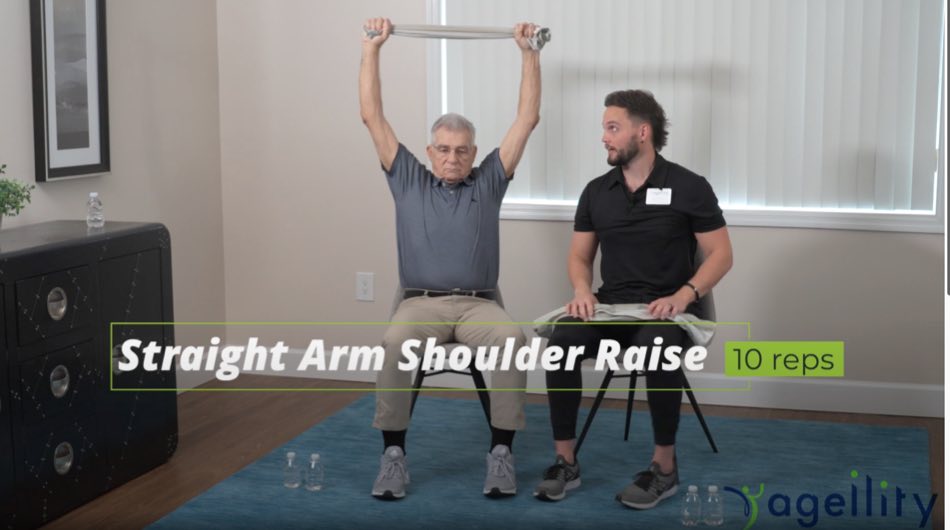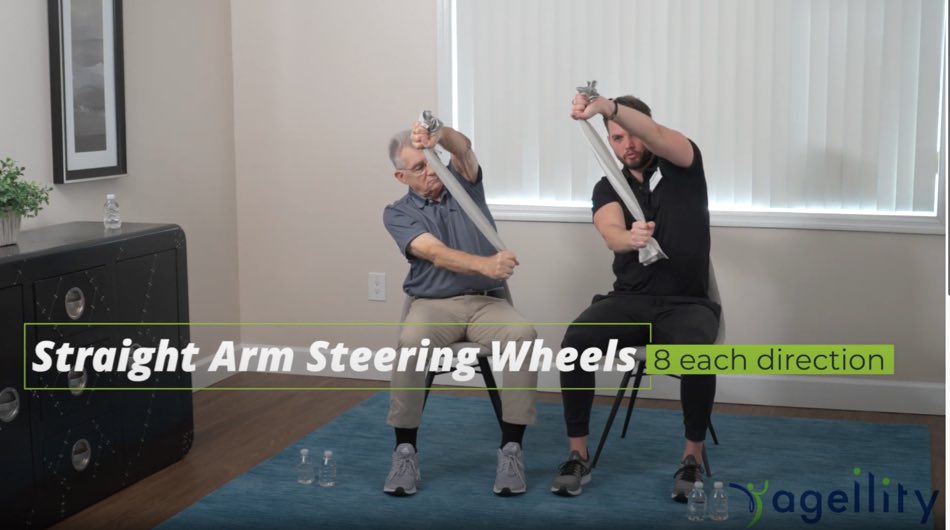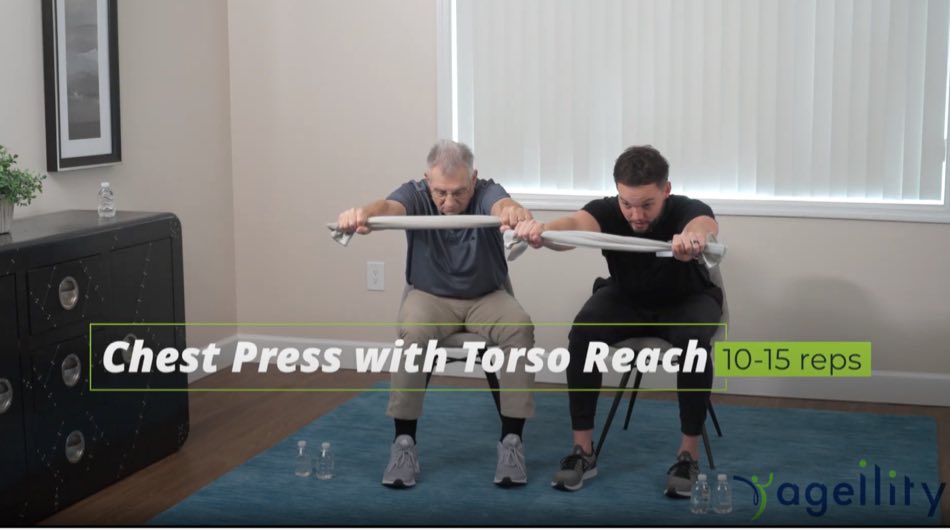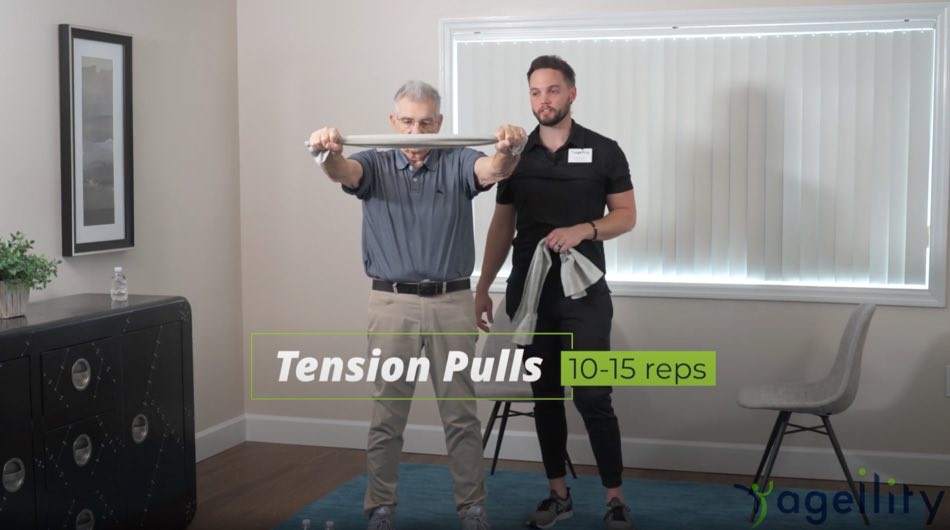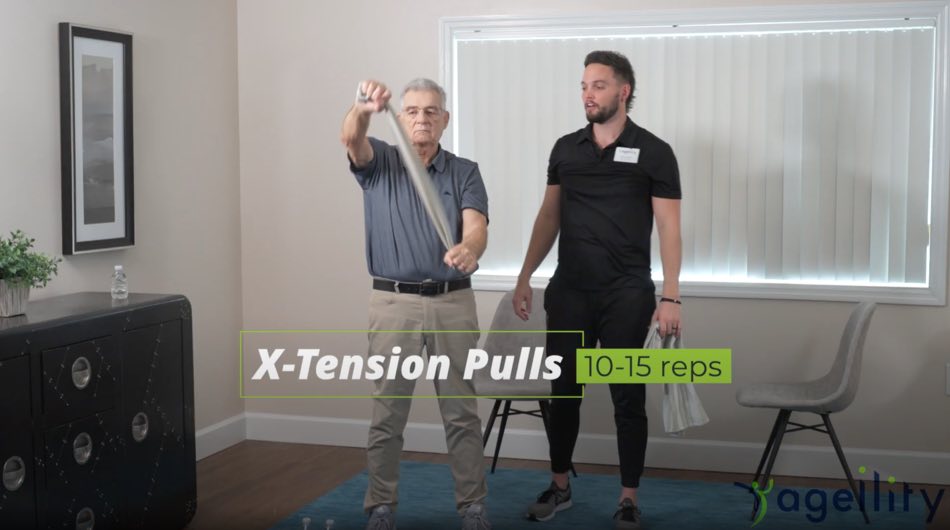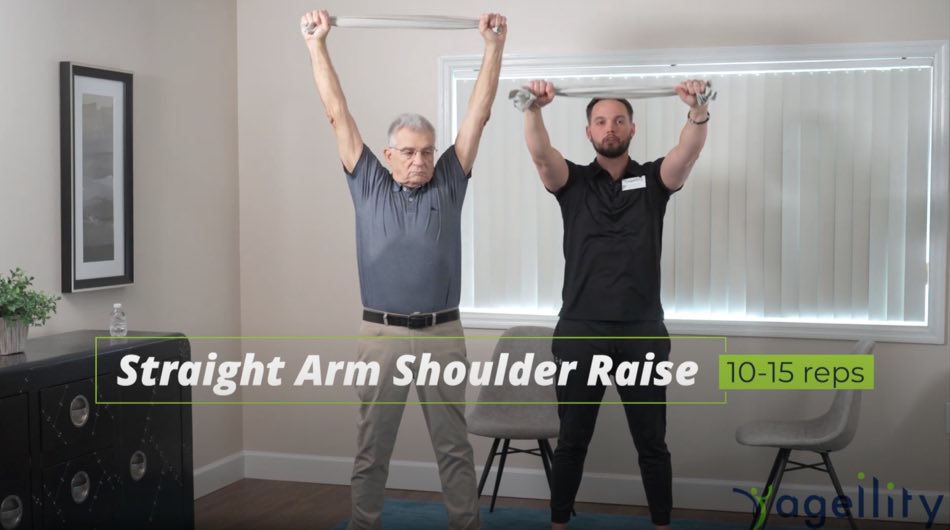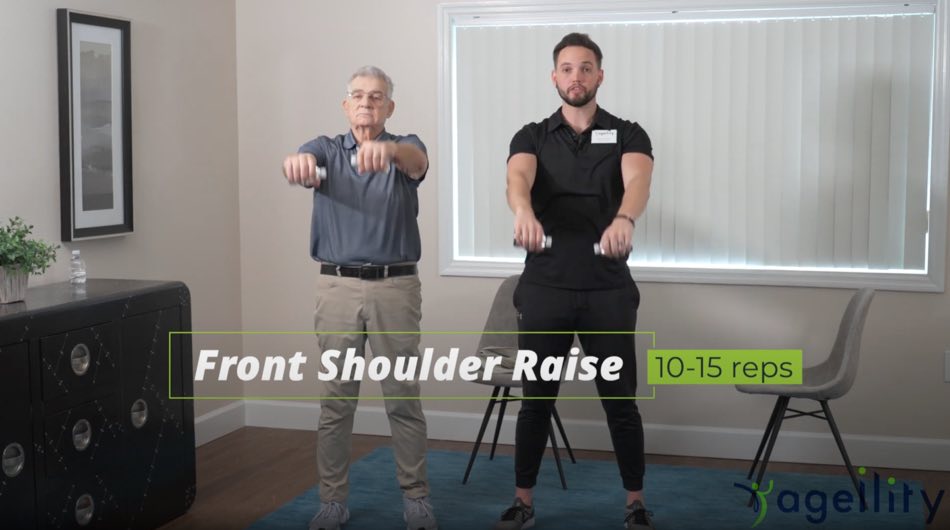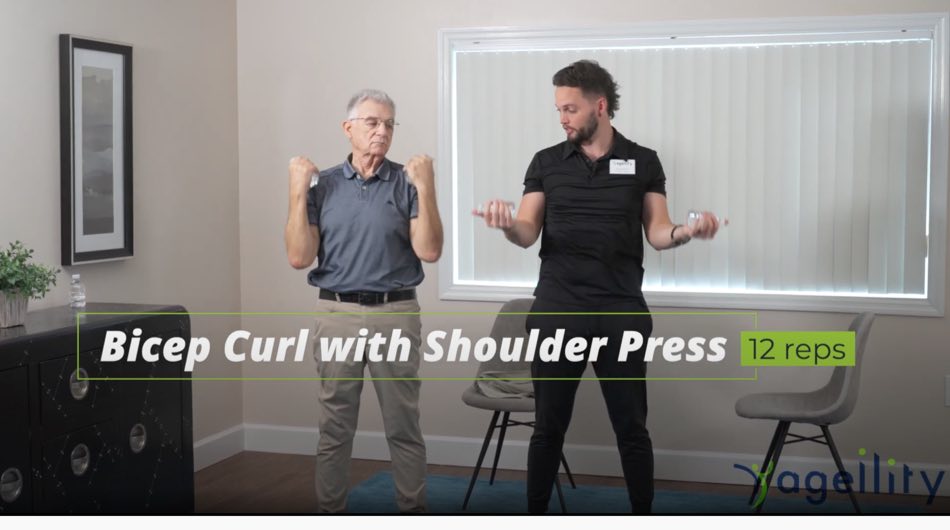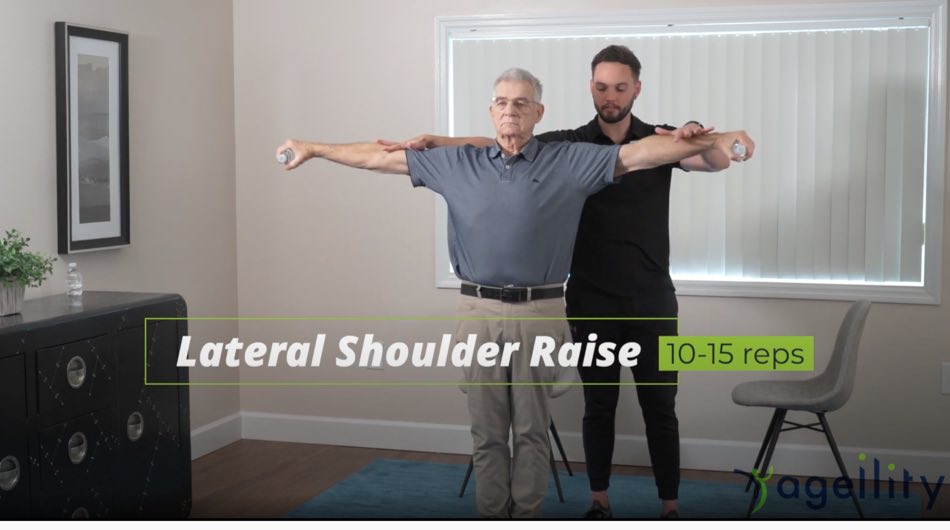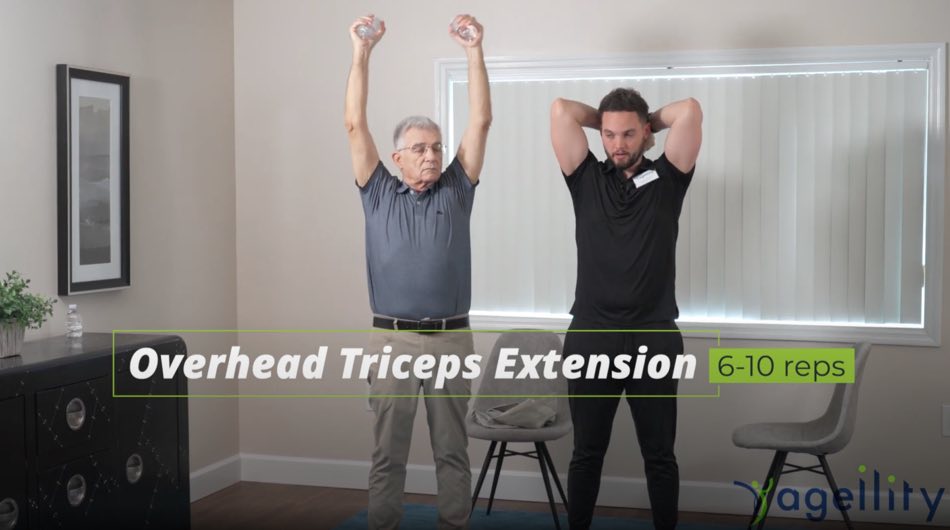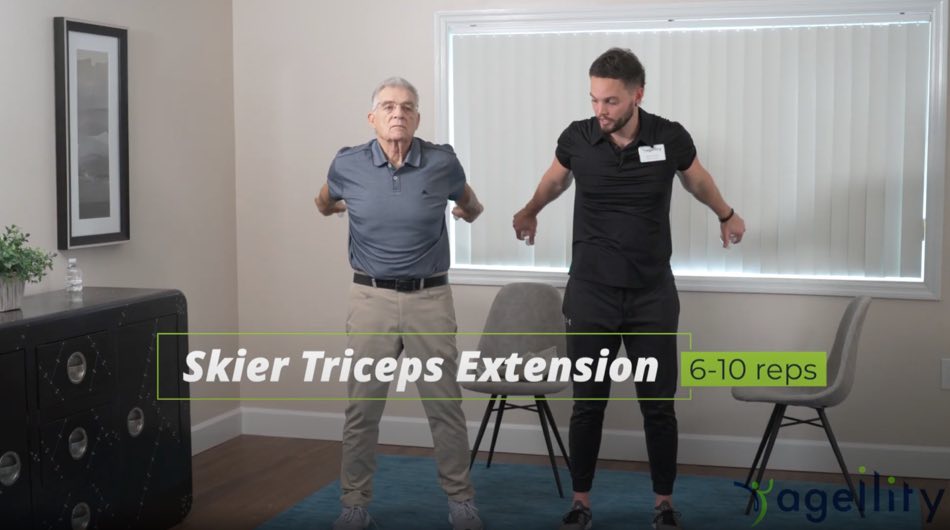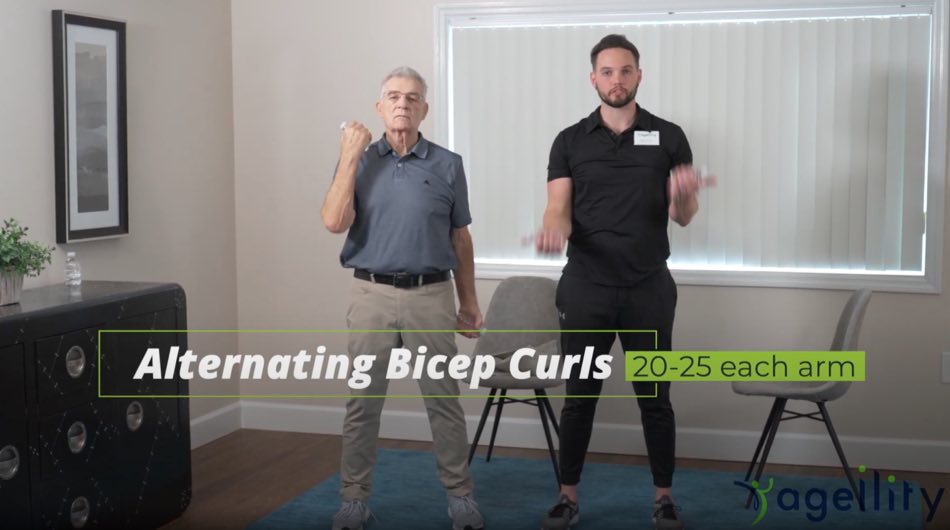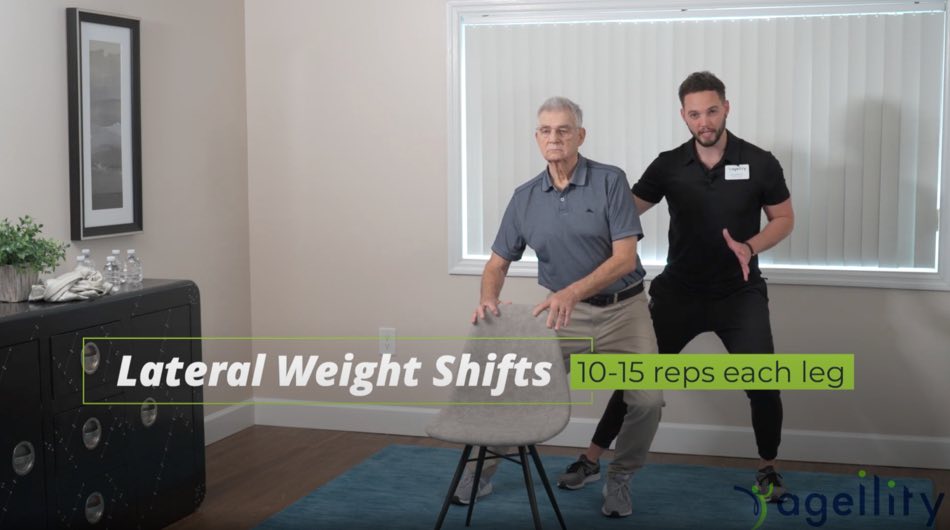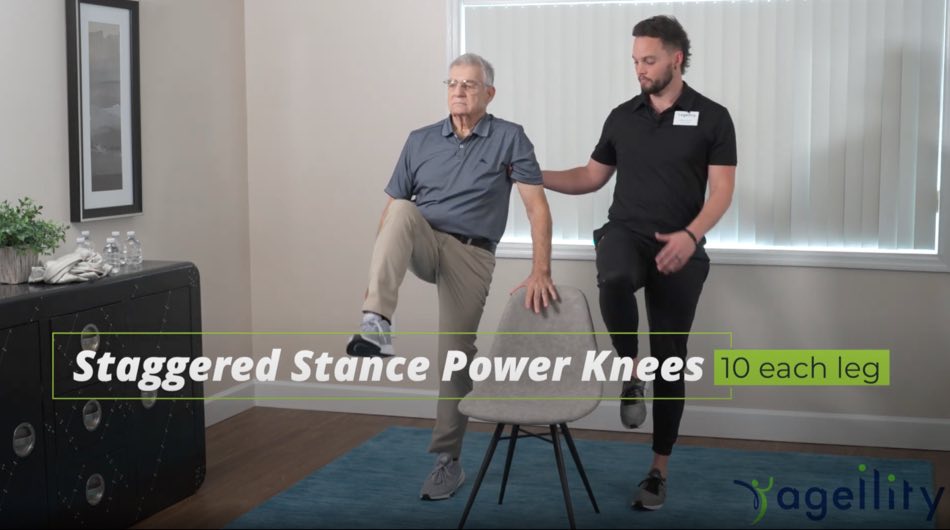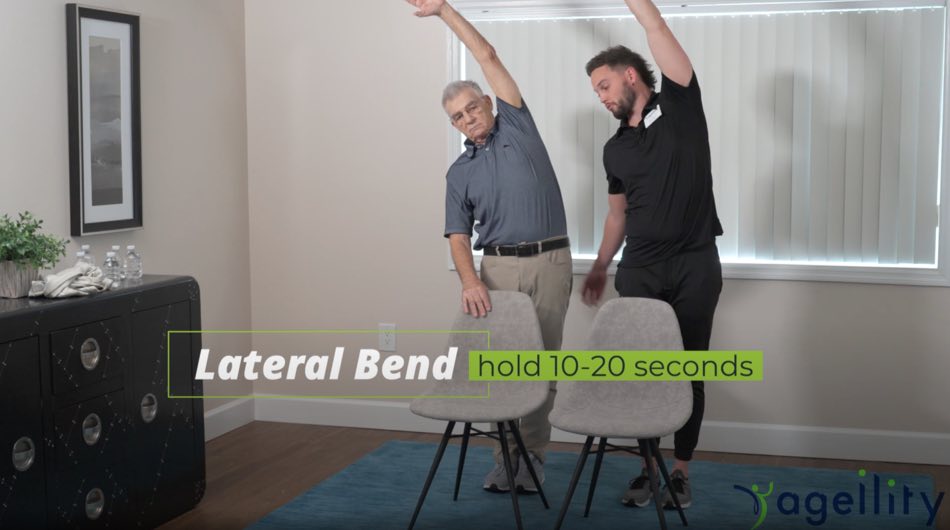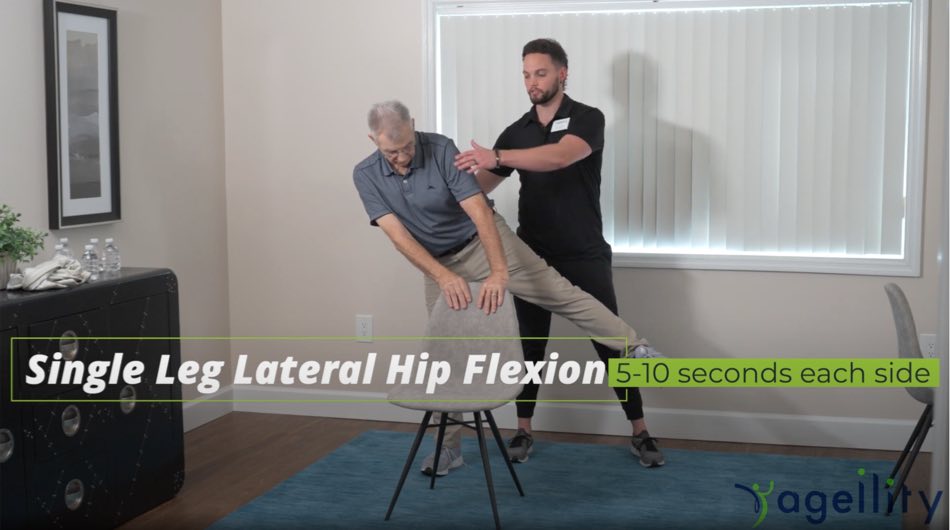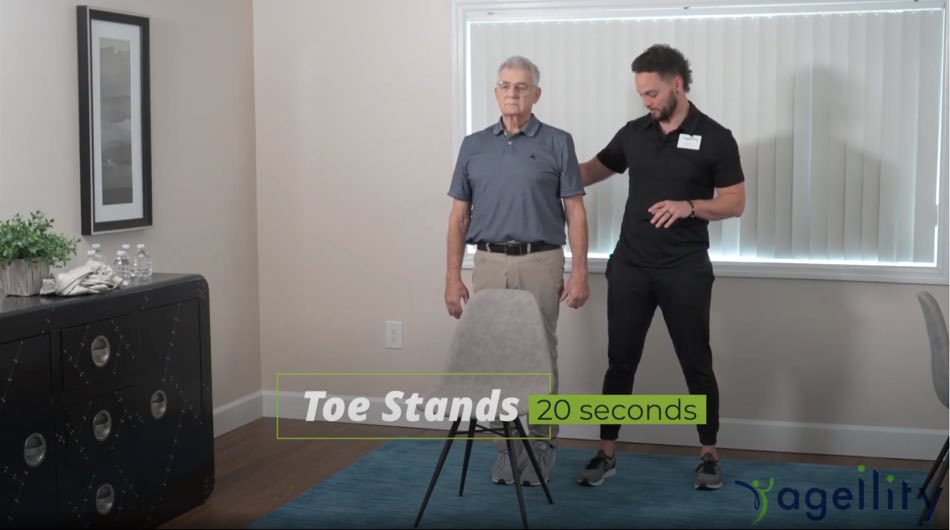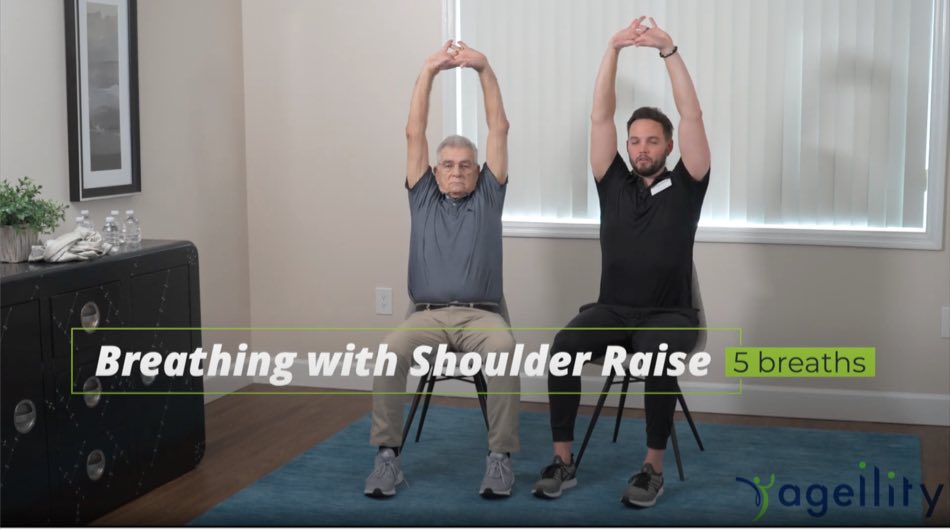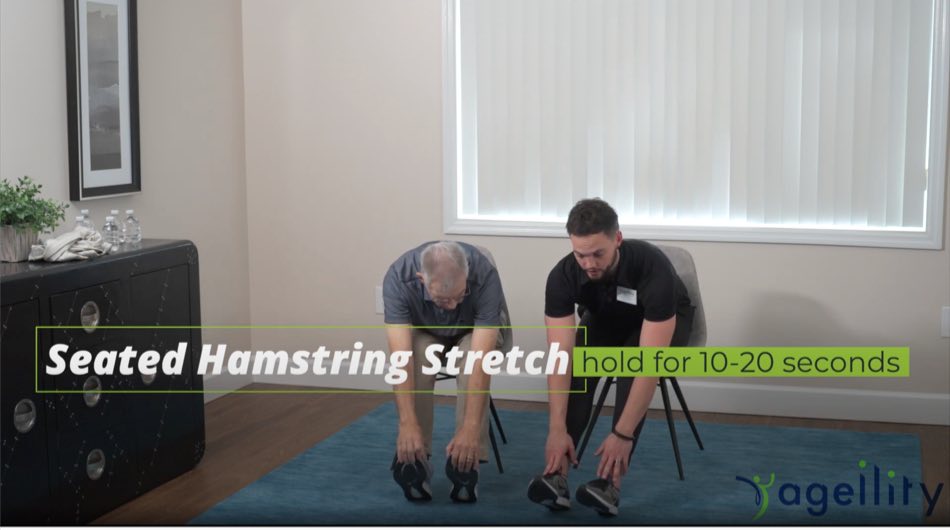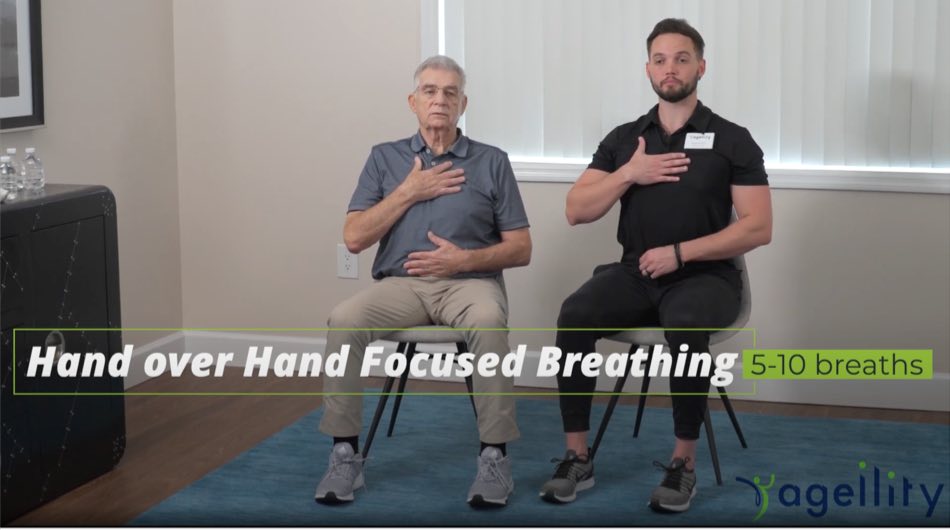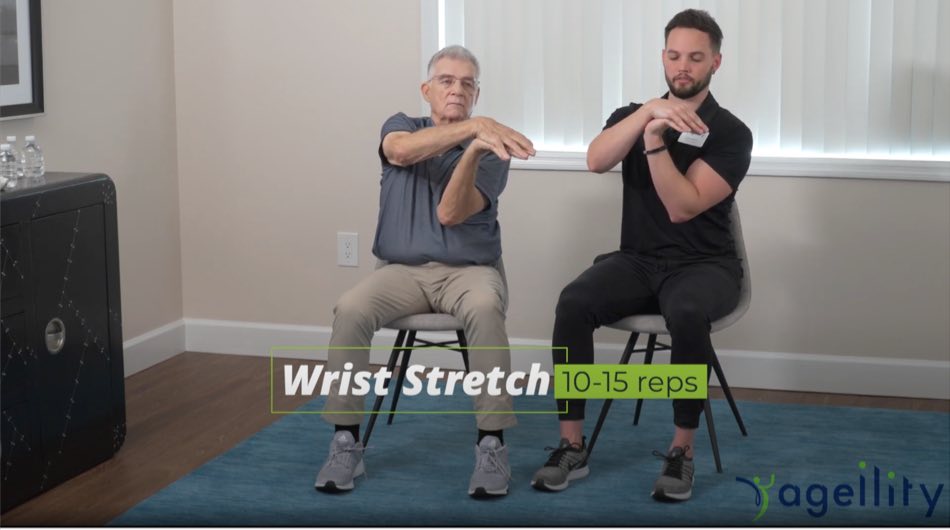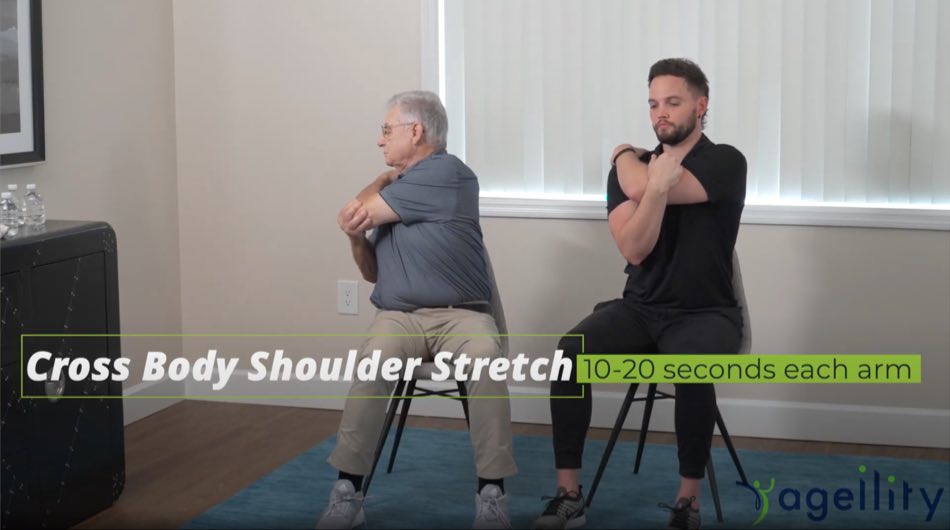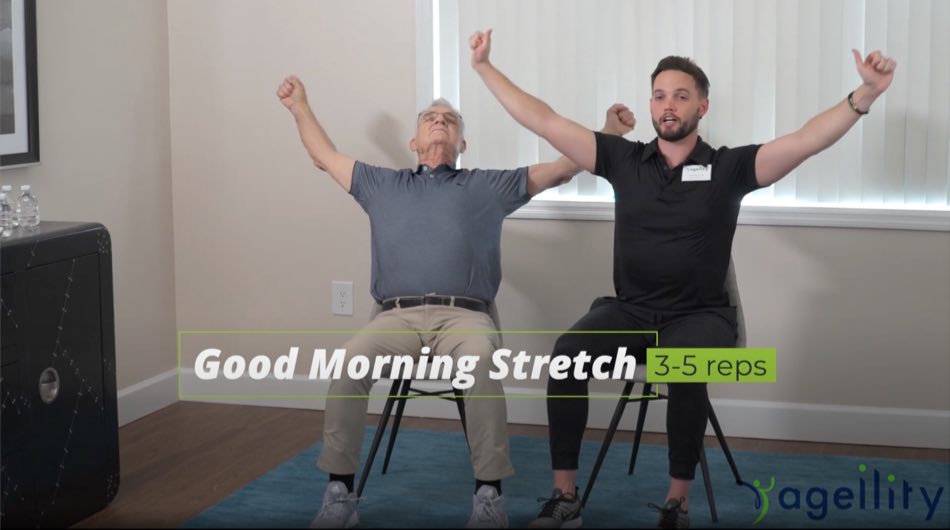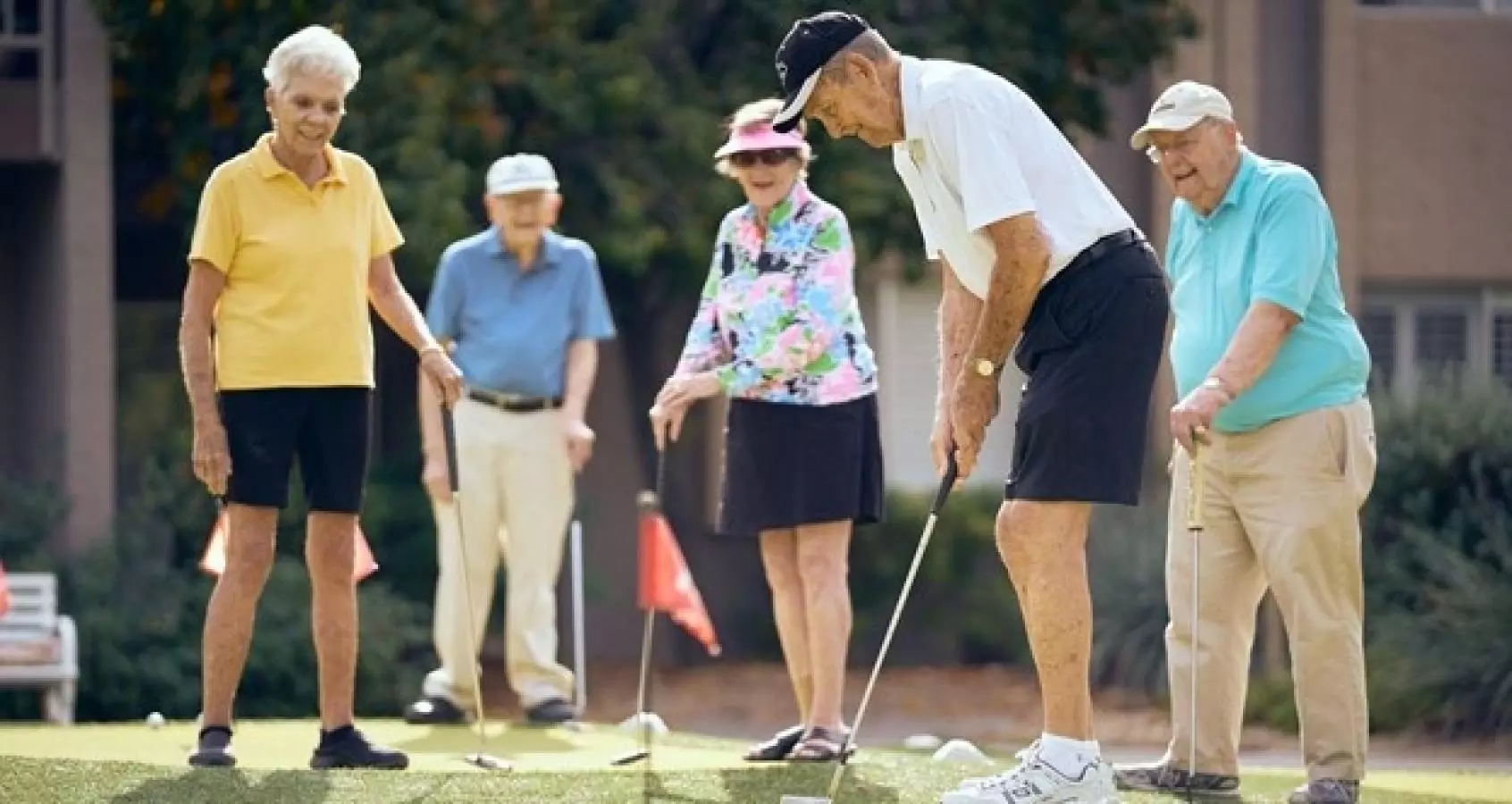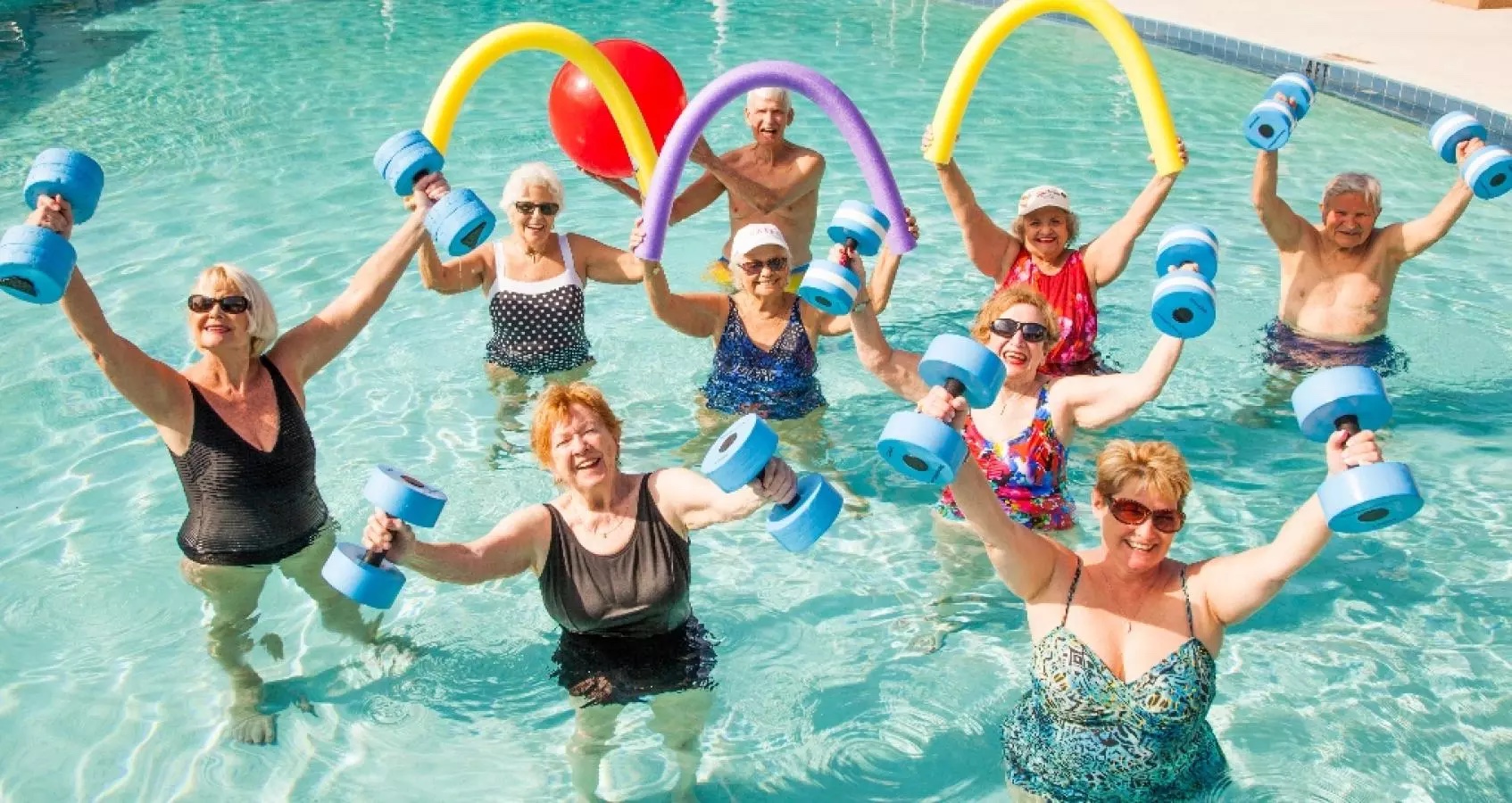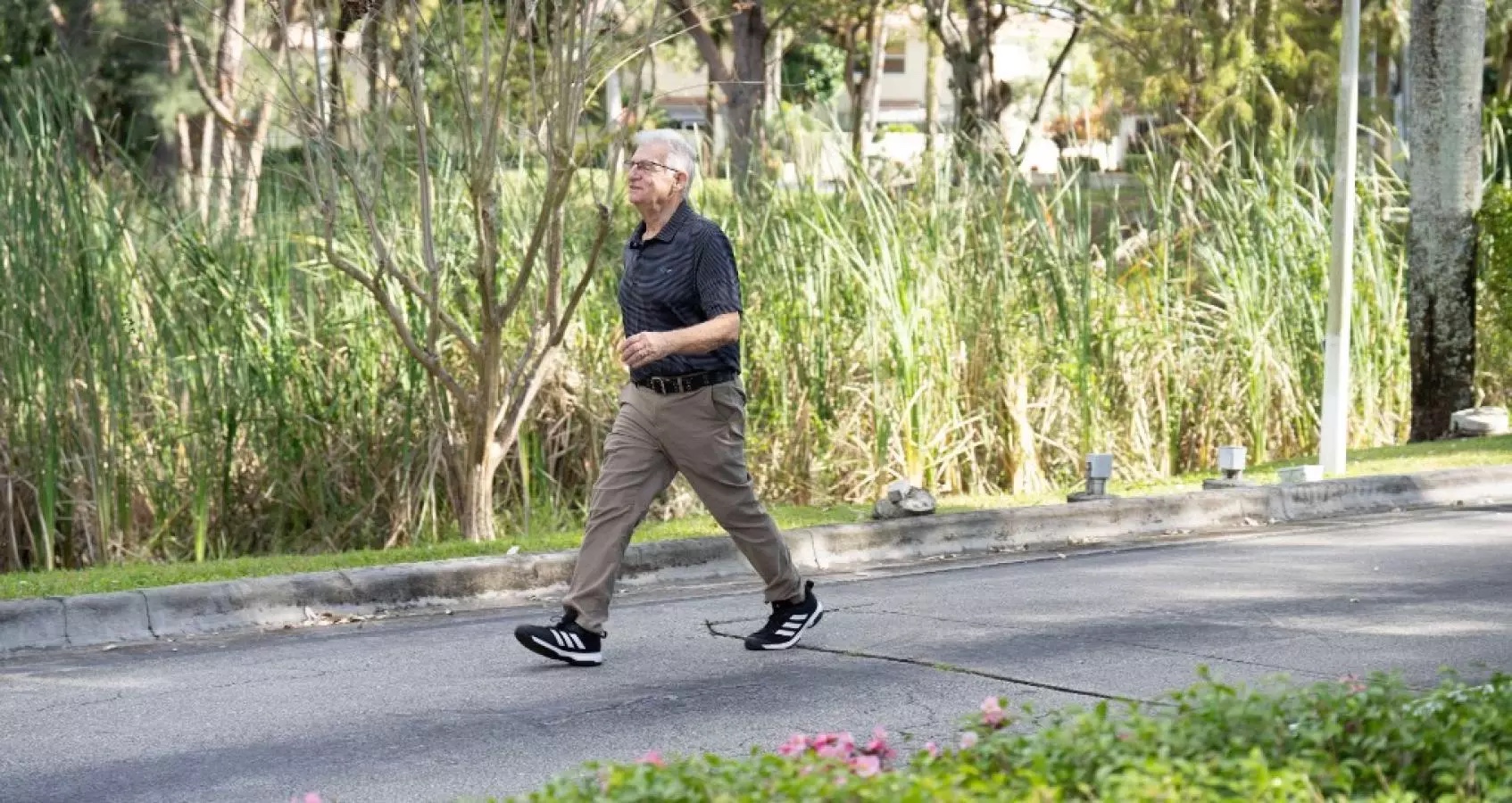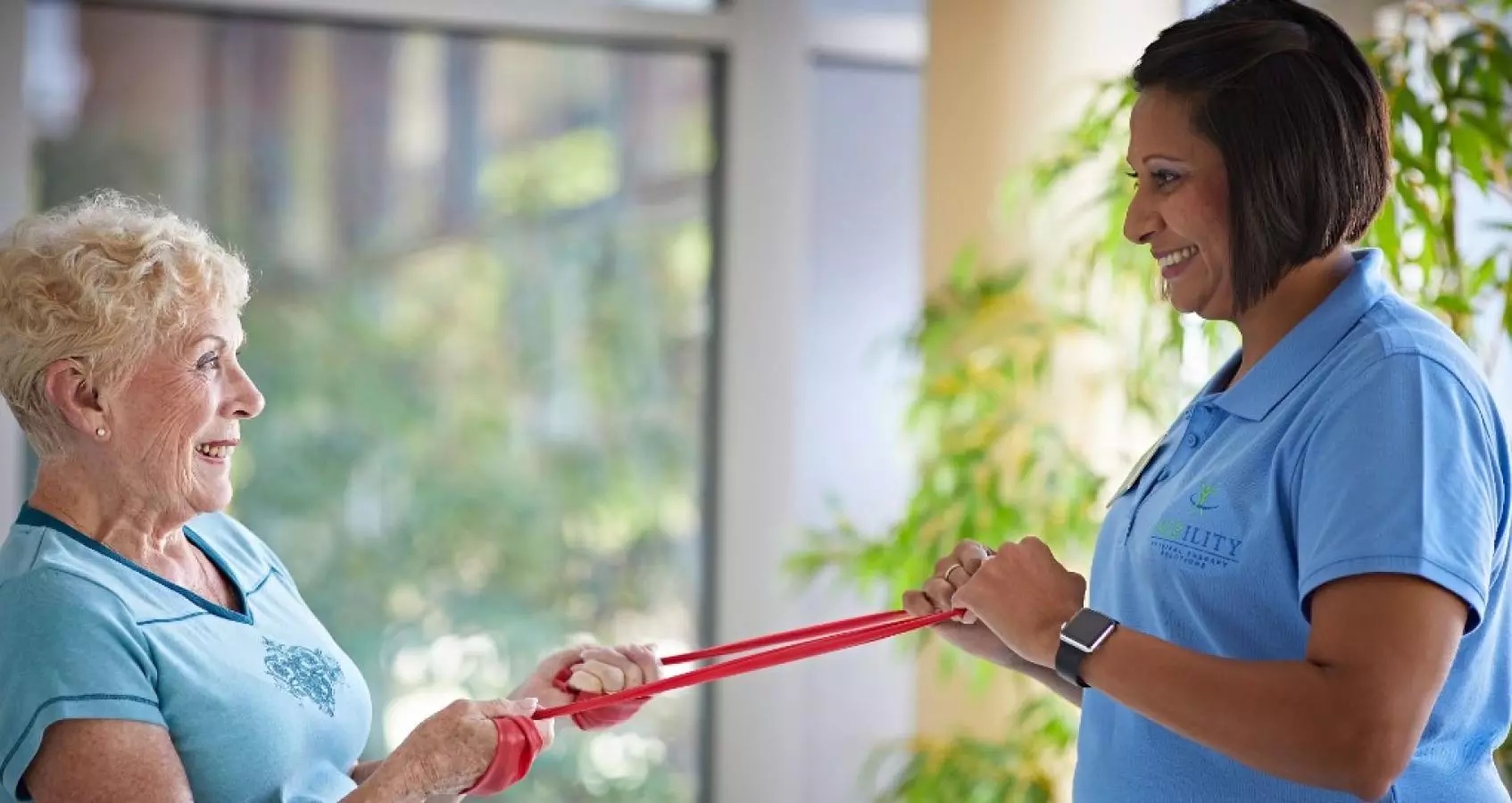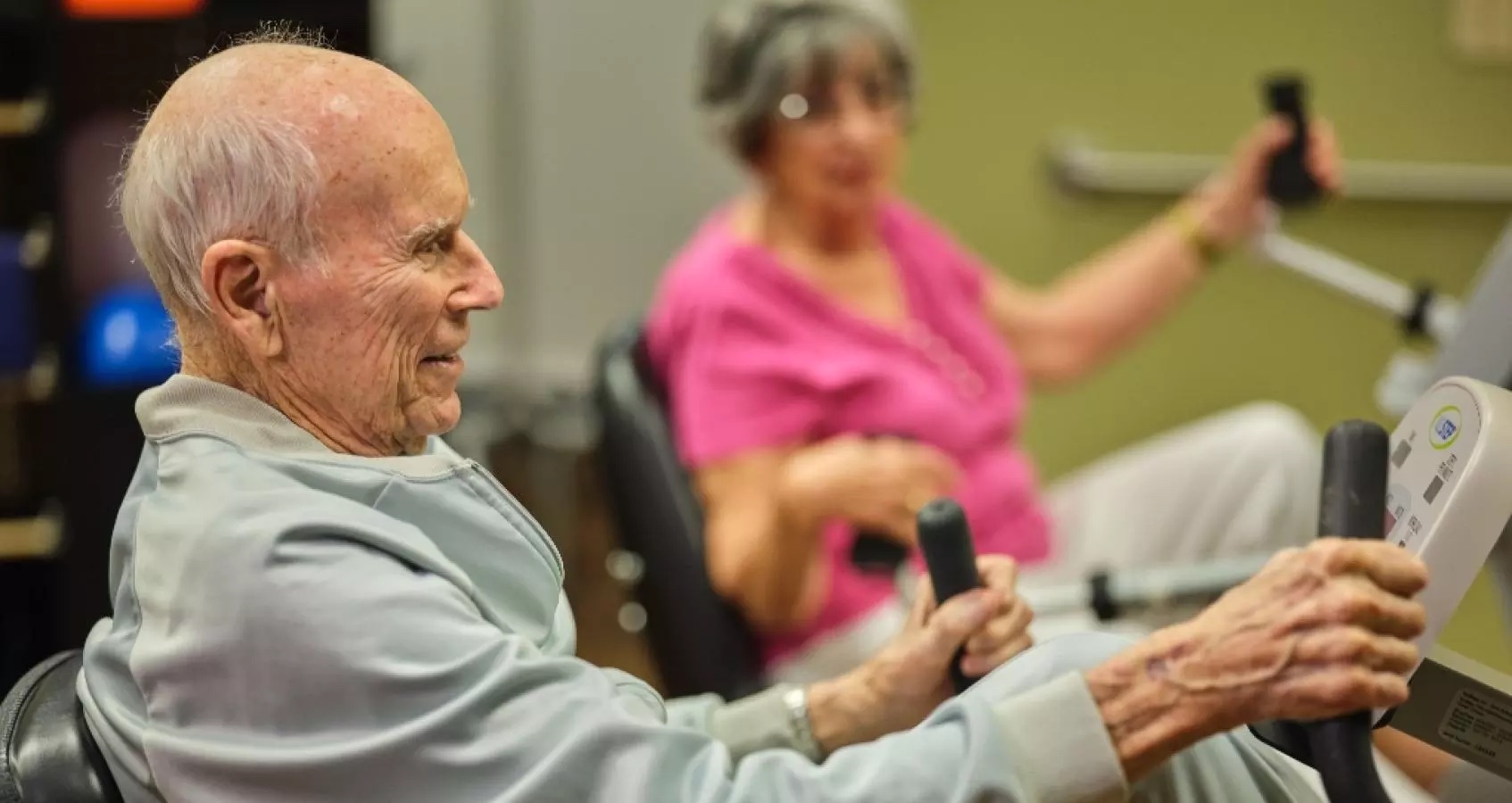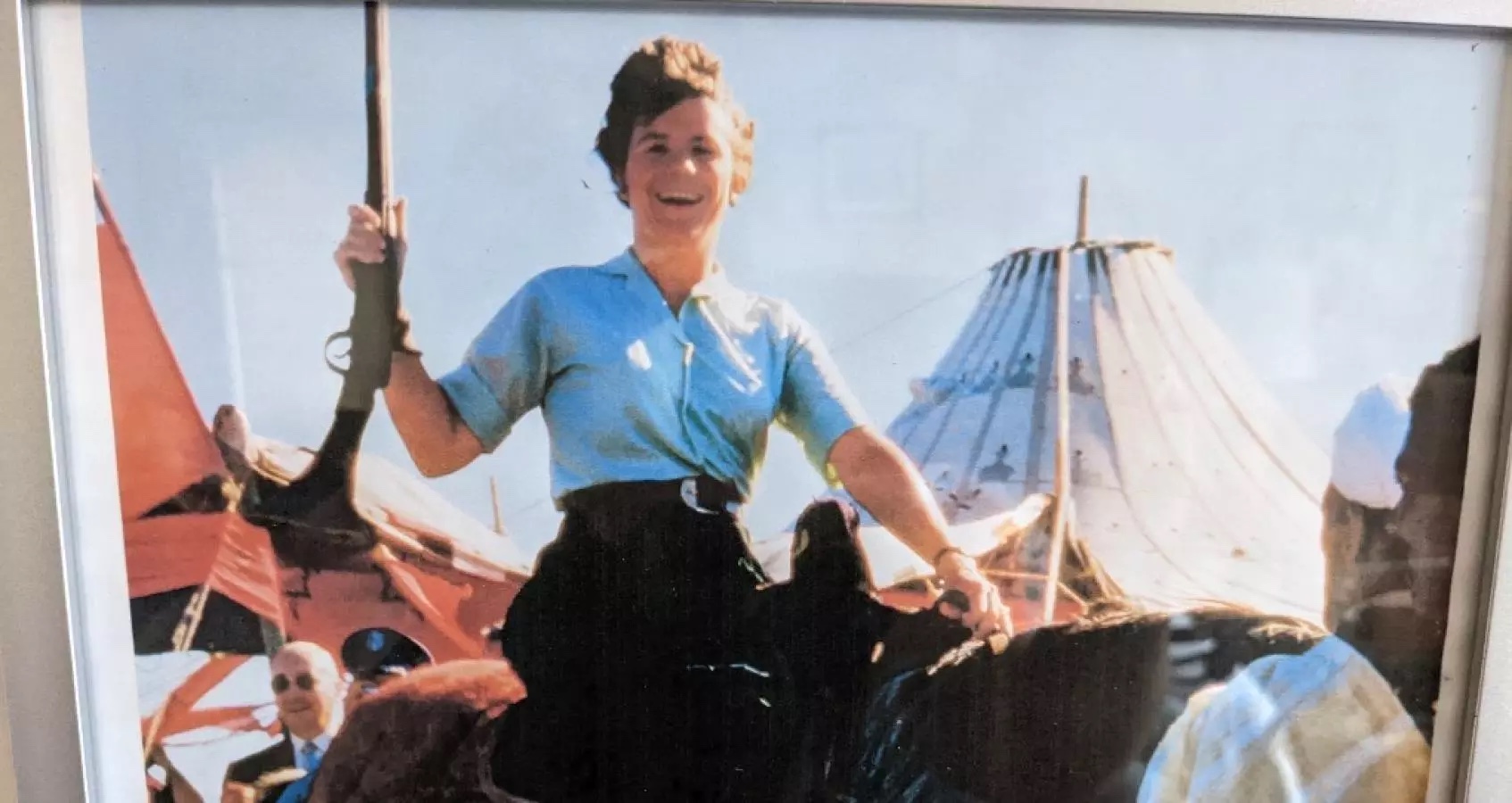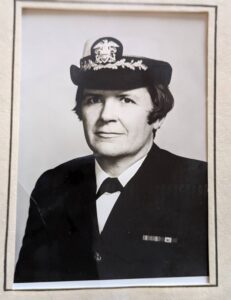5 Stair Safety Tips for Seniors
February 7, 2023As we age, our bodies naturally get tired and lose some of the strength they once had. Everyday physical tasks like bending down to pick something up off the floor or getting out of bed can become more difficult, and going up and down stairs can become especially difficult.
Stair safety risks in older adults
Navigating stairs requires both strength and balance. Without the right abilities, seniors can fall. One in four older adults fall each year resulting in about 3 million people being treated in emergency departments. While it’s true that many falls do not cause injuries, one in five can cause severe damage such as a broken bone or head injury. Falls on the stairs can have a higher risk for severe injury.
Tips for promoting stair safety and preventing accidents and injury
At Ageility, physical therapists and occupational therapists utilize our Fall Prevention Program to reduce fall risks. Strategies include exercise, balance work, functional training, as well as environmental assessments to prevent older adults from suffering a fall—especially when it comes to stairs. Check out these helpful tips below on how to navigate stairs safely and securely.
- Use sturdy railings
A railing is like a best friend—solid, helps you reach new heights, and is always there to support you. When going up and down stairs it’s important to hold on tight to a railing to prevent a slip or fall that could result in a severe injury. Make sure to double check a railing to make sure it’s sturdy before getting on the stairs. And remember there’s no rush—take your time going up and down stairs. - Turn on the lights
Whether your stairs are inside or outside make sure you have a light guiding your way. Always turn on a light switch if available, but if it’s not most smartphones have a flashlight feature that can be handy in a pinch. There are also lots of light installation options such as motion sensor lights that turn on automatically right when you walk in their line of sight. - Keep stairs free of clutter
Let’s be honest, we all use parts of our staircase as temporary storage, but stairs have a tough time serving their purpose when you can’t step on them—make sure there are no obstacles in your way on the stairs or at the top or bottom such as a loose rug or mat. - Make sure repairs are done if needed
Stairs, like any part of a home, can fall into disrepair overtime. If you notice your steps feel loose or are uneven, make sure you get them fixed. Senior living communities have regular maintenance done on their buildings, but it’s always helpful to report any damage. Don’t forget to ask about having tread put on stair steps to add an extra layer of safety. - Check that your outside stairs and steps are free of ice, snow, and other debris
Just like keeping your inside stairs free of clutter, it’s important to make sure your stairs outside are free of anything in the way. Snow, tree branches, or leaves can be common culprits that will prevent you from navigating stairs safely. Make sure stairs in your community are shoveled and cleaned off.
Winter fall prevention tips for seasonal stair safety
For those living in areas that can get snowy and icy it’s best to avoid going outdoors during a snowstorm to prevent the possibility of slipping and falling. If you must go out, use footwear with strong traction to help keep you stable on slippery surfaces. Spikeless ice and snow shoe grippers can be attached to any pair of shoes. Look for them at your local sporting goods store. If you use a cane, an ice gripper tip can help penetrate ice to give you a more firm grip. Ice grip tips can be found online.
Prevent falls with Ageility
Physical therapy, occupational therapy, and fitness at Ageility can make you feel more safe and confident one step at a time. To learn more about Ageility’s physical therapy services, contact Ageility at >[email protected] for more info or search for an Ageility location near you.


